Here’s the difference between English sonnets and Italian sonnets:
Sonnets are formal 14-line poems that are written with very exacting rhyme and meter standards.
English (or Shakespearian) sonnets and Italian (or Petrarchan) sonnets are the most common classifications of sonnets.
Italian and English sonnets differ in origin, structure, rhyme scheme, and meter.
If you want to learn all about the differences between English and Italian sonnets, then you’re in the right place.
Keep reading!

What Are the Differences Between English Sonnets and Italian Sonnets?
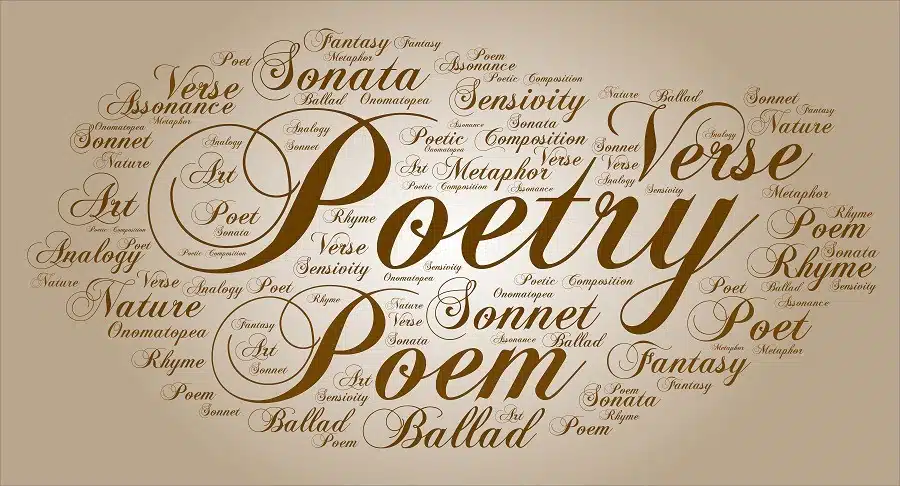
| English Sonnets | Italian Sonnets | |
| Definition | Otherwise known as Shakespearean sonnets, this widely known sonnet form is an English version of the Italian sonnet. | Also called Petrarchan sonnets, this popular sonnet form is essentially the origin of other sonnet forms. |
| How it’s structured | The 14 lines are grouped into three quatrains (4 lines) and a couplet (2 lines). | The 14 lines are grouped into two parts, the octave (8 lines) and the sestet (6 lines). |
| Line distribution | The first two quatrains introduce the problem, the third quatrain presents the solution, while the last two lines (couplet) conclude the poem | The first 8 lines (octet) talks about the problem, while the last 6 lines (sestet) presents the solution |
| Rhyme scheme | Shakespearean sonnets use an ABAB CDCD EFEF GG rhyme scheme. | Petrarchan sonnets use an ABBA ABBA CDE CDE. Sometimes the ending sestet uses the “Sicilian sestet” or a CDC CDC rhyme scheme. |
Generally speaking, Sonnets are 14-line formal poems traditionally written with very exacting standards for their rhyme and meter.
They are among the most common and most well-loved of all traditional poetic forms.
The two most common classifications of sonnets are English (or Shakespearian) sonnets and Italian (or Petrarchan) sonnets.

While both are 14 lines, that’s nearly all they share in common.
Their overarching structure and rhyme scheme exist in stark contrast, and it’s impossible to mistake one for the other once you know what to look for.
How Do English Sonnets and Italian Sonnets Differ in Their Origin?
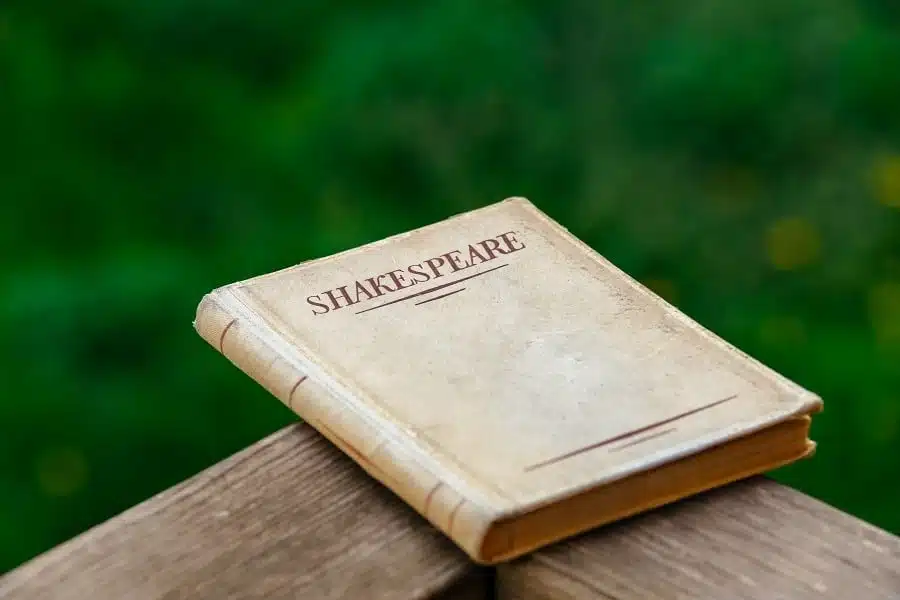
English sonnets emerged around the early 1500s.
While William Shakespeare was definitely not the first poet to ever use the form, he has since become synonymous with the form due to having written dozens upon dozens of love poems with the form.
As such, English sonnets are often also called “Shakespearean sonnets” in reference to Shakespeare’s deep obsession with and mastery of the form.
Italian sonnets are also referred to as “Petrarchan sonnets” to reference another famous writer, the Italian poet Petrarch.
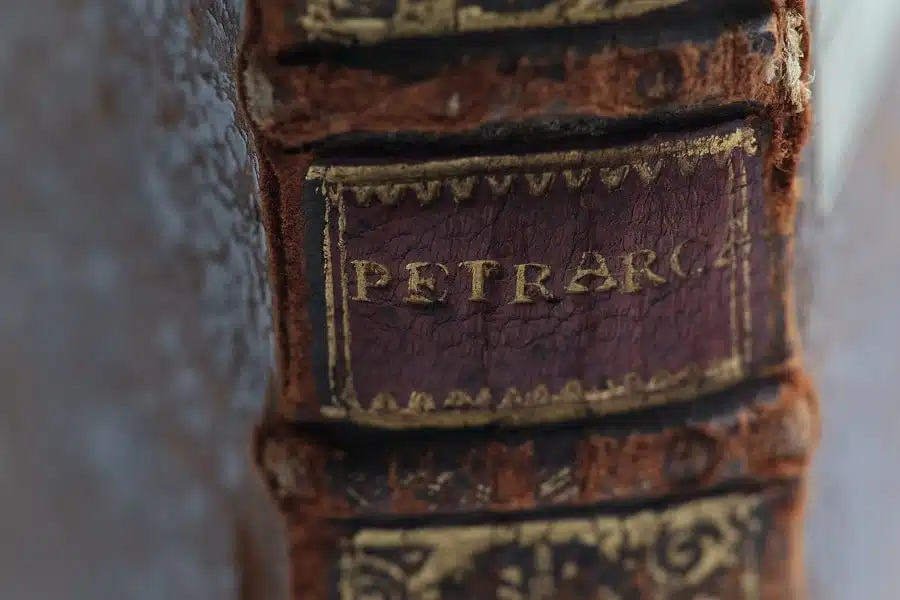
Italian sonnets actually emerged around the 11th century AD, predating English sonnets by several centuries.
So despite English sonnets having received more notoriety than Italian sonnets in the modern era, it should be noted that the form is really more like a descendant of the preexisting Italian sonnet than a rival form.
Italian sonnets, as the name would suggest, were originally designed with the Italian language in mind in terms of rhyme and meter.
As such, it should come as no surprise that most English speakers find that English sonnets tend to come more naturally.
How Do English Sonnets and Italian Sonnets Differ in Their Structure?

The structure is perhaps the biggest element that separates the two types of sonnets.
While the total number of lines is the same, the lines are divided up in such a way as to create two different and unique structures.
An English sonnet utilizes three quatrains (4-line stanzas) and one couplet (2-lines).
As such, the poem’s topic or subject is usually examined from three different perspectives or approaches before the couplet neatly wraps up the poem with some sort of conclusive statement of feeling or intent.

An Italian sonnet instead uses an octet (8-lines) and a sestet (6-lines).
So the problem or topic is introduced and elaborated on within a full octet, still leaving a full six lines with which to express a full-bodied answer to any questions brought up by the octet.
These differences in structure allow for a significant gap in expression between the two. One of the biggest effects is the movement of the volta or poetic turn.
In an English sonnet, the poem moves toward its climax at the end of the third quatrain.
In an Italian sonnet, the poem consistently features its volta on the ninth line. As a result of this movement, the focus of the poem tends to change drastically.
Because the volta occurs so late in an English sonnet, the poem tends to pose a more elaborate question that may or may not be answered conclusively.
The problem addressed by the poem is thoroughly examined from multiple angles, but with only a couplet to close it out, there are often some questions left purposely unanswered.
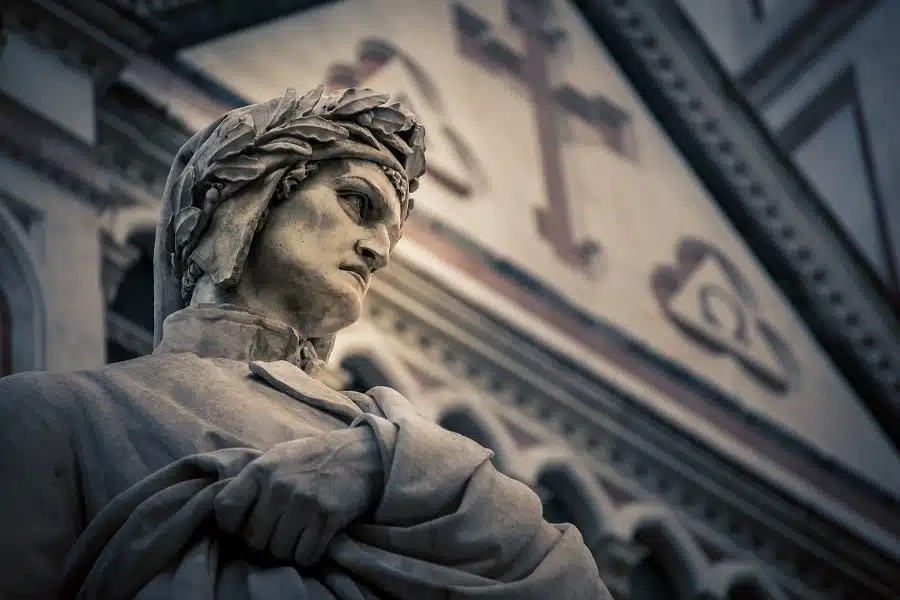
Italian sonnets, by contrast, feature more balance between the problem and the solution.
Since the volta occurs closer to the middle of the poem, there’s more time to come to a satisfactory conclusion.
Additionally, there’s less time for the problem of the poem to become complicated and unsolvable.
Sonnets deal in emotional problem-solving as a tradition, but these stark differences in structure completely shift exactly how that process is accomplished in each form.
How Do English Sonnets and Italian Sonnets Differ in Their Rhyme Scheme and Meter?

The most popular rhyme scheme for an English sonnet is ABAB CDCD EFEF GG, as used by Shakespeare.
English sonnets are also traditionally written in iambic pentameter, consisting of ten-syllable lines that alternate between unstressed and stressed.
This rhyme scheme divides the stanzas up neatly into themselves, with little connection to each other in terms of rhythm.
As such, a dramatic shift from section to section is heavily implied. This is ultimately where the three-quatrain structure of the sonnet originates.
Because of the iambic meter, the last syllables of the lines will always be stressed rhymes. This punctuates the endings, creating definitive divides that feel complete and self-contained.
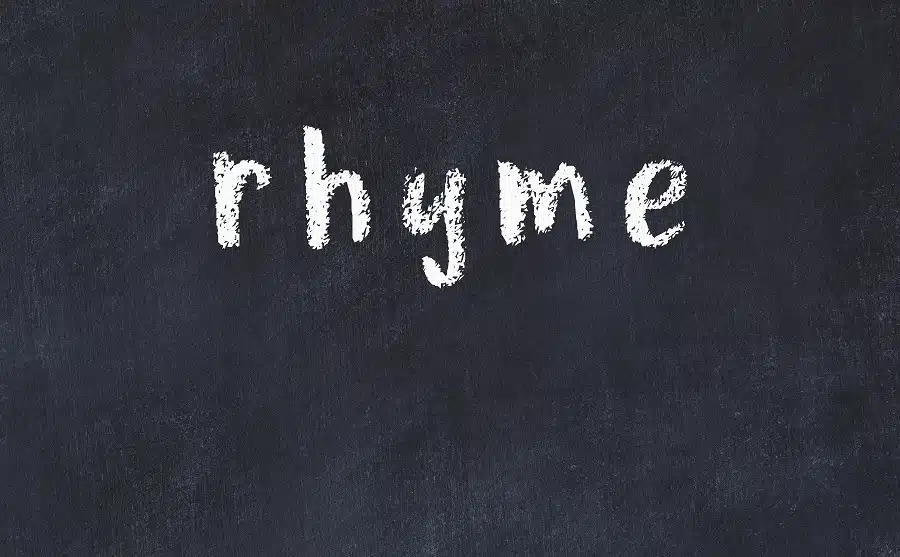
Italian sonnets use a rhyme scheme of ABBAABBA for the octet, and the sestet can either be CDCDCD or CDECDE.
As with English sonnets, the prevailing meter is iambic pentameter.
Here we see an octet that freely weaves itself together using only two rhyme sounds and a slightly more flexible sestet, which might be divided into two sections that rhyme with each other or into consistent alternating rhymes.
This extreme repetition of rhyme sounds is the principal reason that Italian sonnets can be difficult to write in English.
While finding four words that all rhyme with each other in Italian is simple, English conjugation isn’t nearly as consistent.
If it is achieved, then the resulting poem features much more uniformity than an English sonnet as a result.
The problem and the solution are clearly divided from each other by the structure and the volta, but the two main sections have plenty of space with which to present their thoughts.
What Are Examples of an English Sonnet and an Italian Sonnet?

Below is an example of an English sonnet, with the rhyme scheme denoted on the left column.
William Shakespeare’s sonnet 18 is one of the most famous and beloved examples of the form in action.
Take special note of how the couplet diverges from the rest of the poem in delivery.
Sonnet 18 (Shall I compare thee to a summer’s day?)
William Shakespeare
A| Shall I compare thee to a summer’s day?
B| Thou art more lovely and more temperate.
A| Rough winds do shake the darling buds of May,
B| And summer’s lease hath all too short a date.
C| Sometime too hot the eye of heaven shines,
D| And often is his gold complexion dimmed;
C| And every fair from fair sometime declines,
D| By chance, or nature’s changing course, untrimmed;
E| But thy eternal summer shall not fade,
F| Nor lose possession of that fair thou ow’st,
E| Nor shall death brag thou wand’rest in his shade,
F| When in eternal lines to time thou grow’st.
G| So long as men can breathe, or eyes can see,
G| So long lives this, and this gives life to thee.
Up next is a famous Italian sonnet, again with the rhyme scheme on the left.

Take note that in this particular sonnet, the writer diverges from the expected rhyme schemes for the sestet, taking advantage of its flexibility.
London, 1802
A| Milton! thou shouldst be living at this hour:
B| England hath need of thee: she is a fen
B| Of stagnat waters: altar, sword, and pen,
A| Fireside, the heroic wealth of hail and bower,
A| Have forfeited their ancient English dower
B| Of inward happiness. We are selfish men;
B| Oh! raise us up, return to us again:
A| And give us manners, virtue, freedom, power.
C| Thy soul was like a Star, and dwelt apart;
D| Thou hadst a voice whose sound was like the sea:
D| Pure as the naked heavens, majestic, free,
E| So didst thou travel on life’s common way,
C| In cheerful godliness; and yet thy heartE| The lowliest duties on herself did lay.
William Wordsworth
